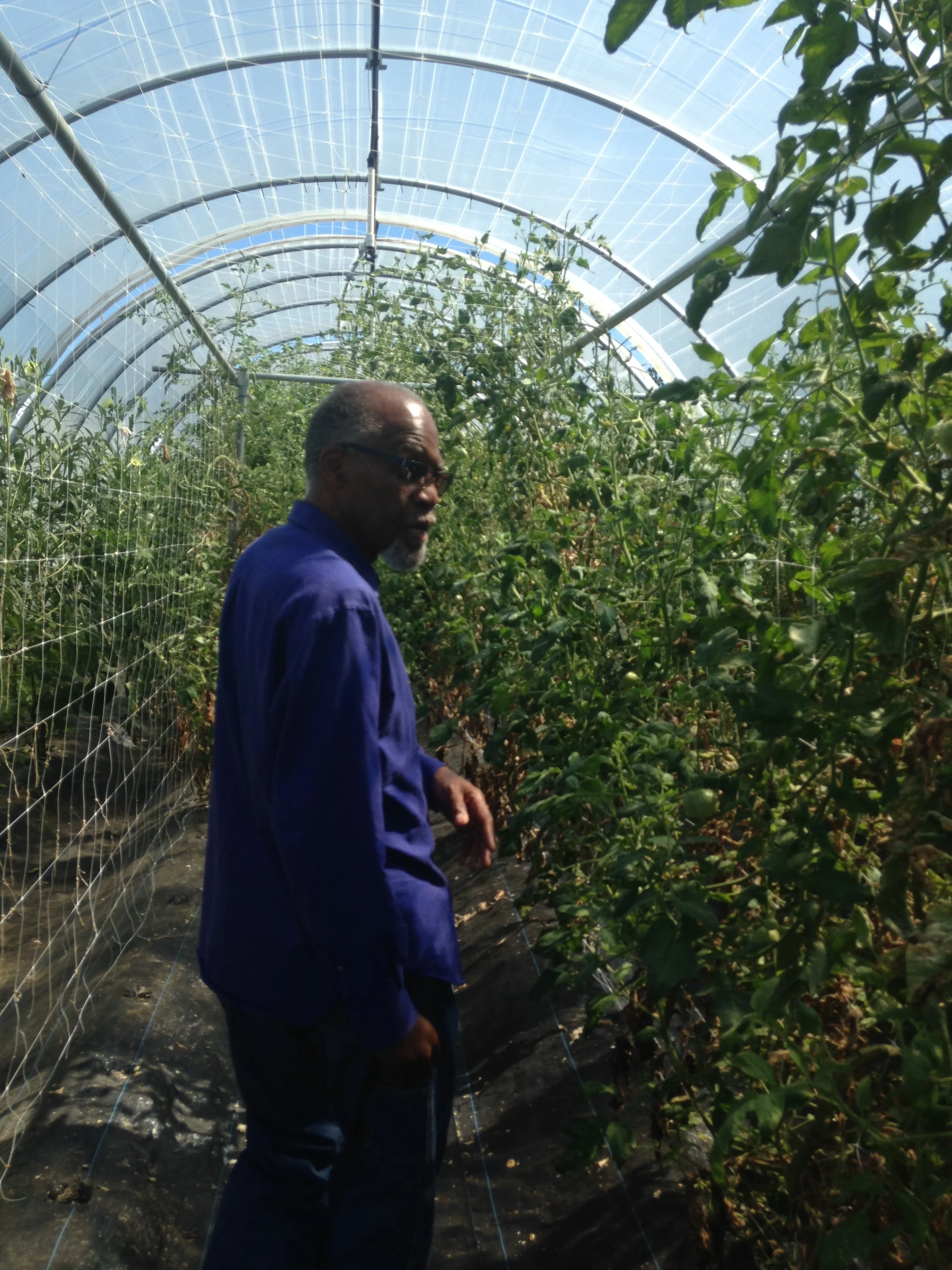I came to you to attend the 21st Century Cities conference and while I was there, was fortunate enough to explore your neighborhoods with some of the organizations who are doing some awesome work within your limits.
I spent Wednesday, September 14th uber-ing around, meeting with boots-on-the-ground community builders and big picture organizers. With an impressive uniformity of mission, I gained a sense of your dedication to developing an interwoven economic opportunity access network across sectors and throughout neighborhoods.
My day started with a meeting with Paul Taylor and Kristina Williams who shared the history of Baltimore’s redlining and discussed the increased need for access to capital. Paul works at The Small Business Resource Center, which was formed to help organize the city's business community. During its initial years, the Small Business Resource Center performed an in-depth analysis of the services provided by any and all organizations to businesses in Baltimore. The largest gap was quickly identified: access to capital. Many Baltimoreans with an entrepreneurial spirit were burdened by poor credit scores and little personal wealth. Creating nontraditional routes to capital (including crowd funding loan sources with KIVA) became an essential strategy to filling the gaps.
Kristina manages the Baltimore Main Street Program which created a series of initiatives to connect and empower businesses along commercial corridors. Some of these programs include:
A Baltimore Merchant Association where businesses within retail business districts pay a tax per square foot that contributes to the association. Funds allow businesses to meet on a regular basis, hire a person to clean the corridor, and allow for cross-promotion.
The Miracle on Mainstreet Program which promotes local businesses during the holidays with a slogan “do it all without the mall”
After a very packed first hour, I headed to Sandtown to meet with Wendall Holmes of Strength to Love II. The organization focuses on returning citizens, and provides full, wrap-around services including housing, and community and workforce development and opportunity. They also had an urban farming project which was very impressive. Due to strong partnerships with anchor institutions (including Johns Hopkins), STL2 operated with very little public money.
Next, I met with Deb Tillett who provided an overview of the Emerging Technology Center. She spoke about the importance of creating diverse and collaborative work environments. She also stressed the importance of nontraditional lending sources. Deb shared the stunning story of one of ETC's clients, Chris Wilson, a social entrepreneur who utilized their microloan and incubator system. She talked at length about his story, and, surprisingly, he was also the opening speaker at the conference I attended.
Finally, I had a conversation with Affan Sheikh of BLocal, which showcased the the importance of anchor institutions. Johns Hopkins University started an effort focusing on community leadership and the development of an Economic Inclusion Program for MWBE and Local Businesses. Staff was hired (including Affan), appropriate resources were provided, and very tangible goals were set for this program. The format soon spread and BLocal was formed so that anchors and local businesses could connect and convene to discuss strategies for local hiring and procurement practices.
Thank you, Baltimore, for the insight and inspiration. I had an amazing time!








